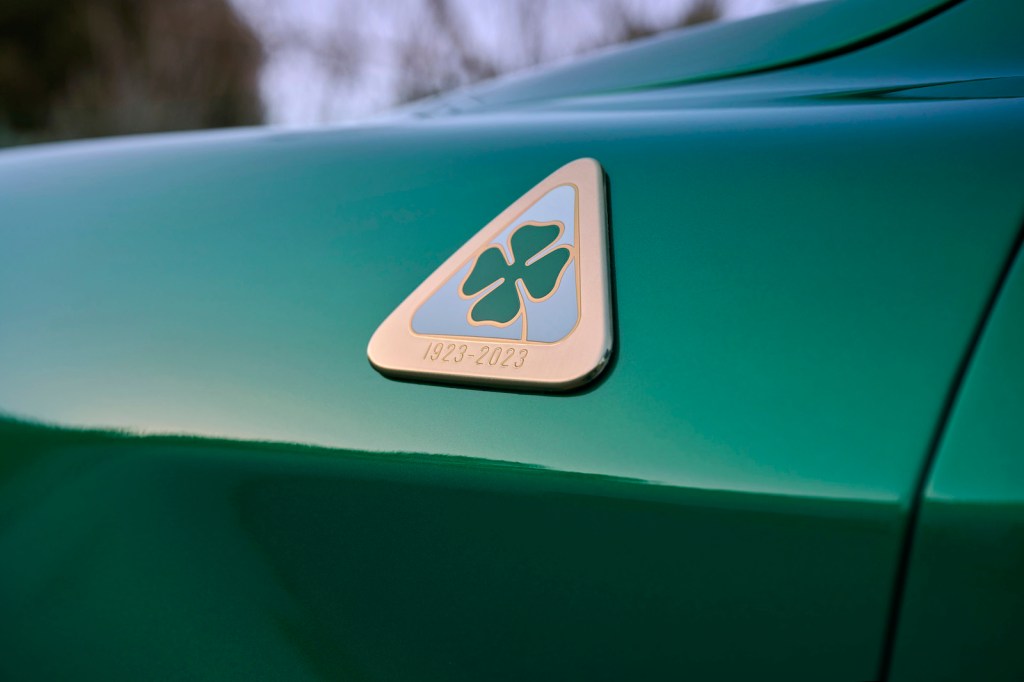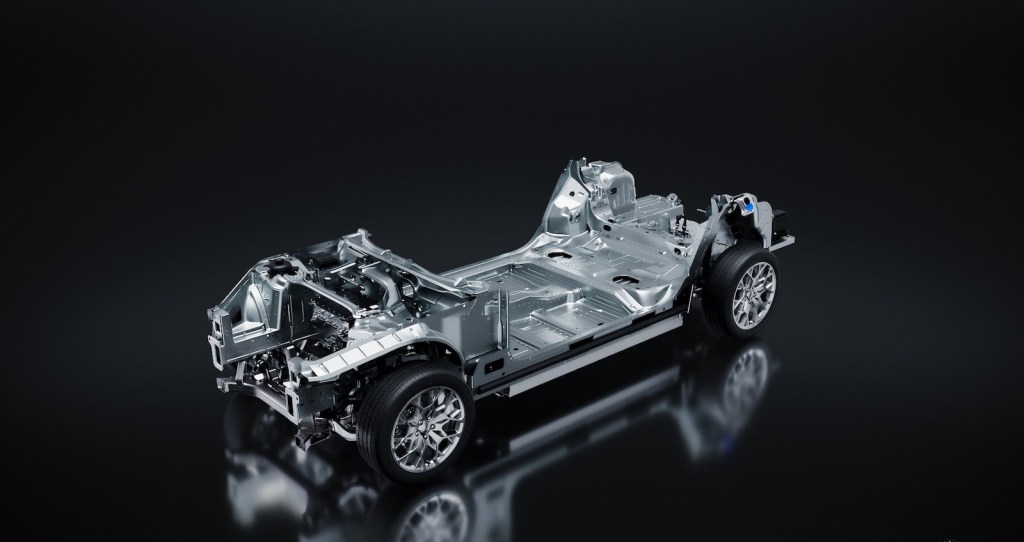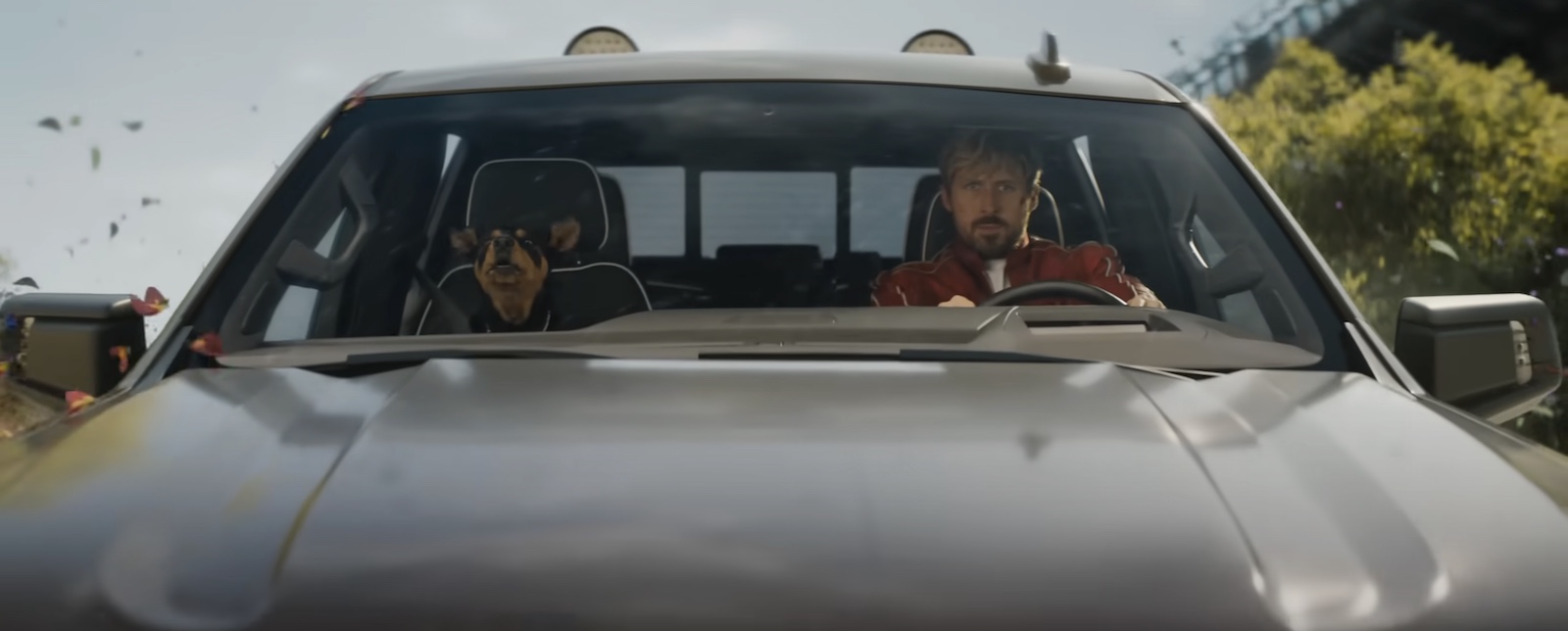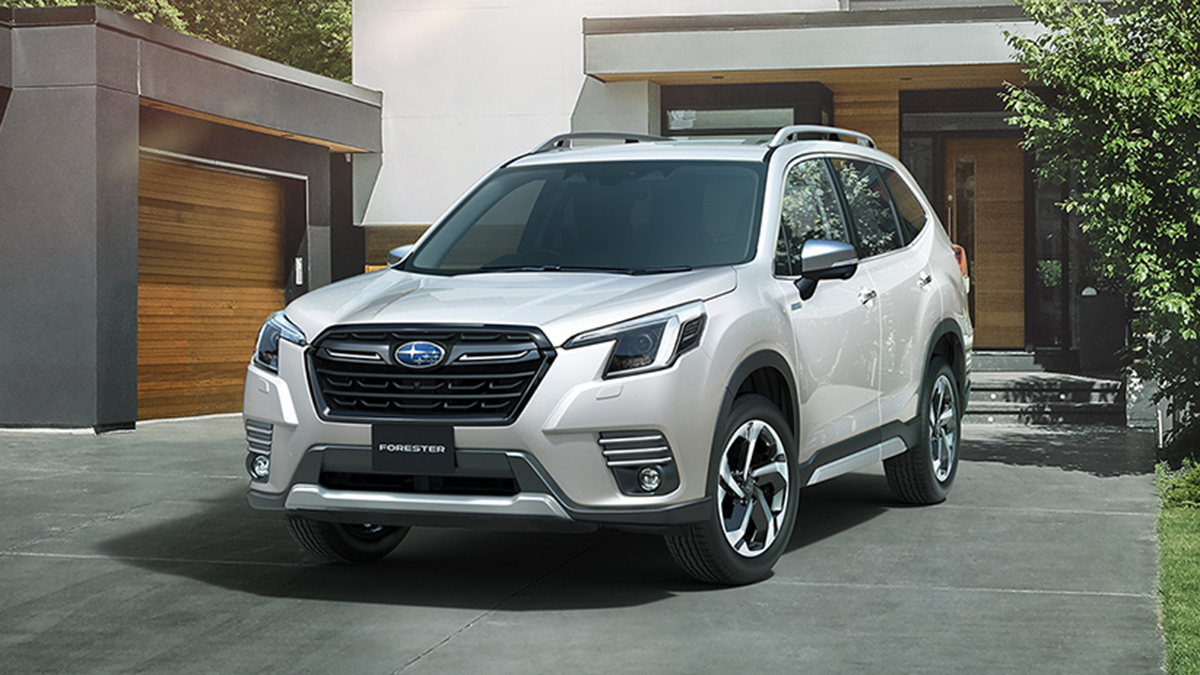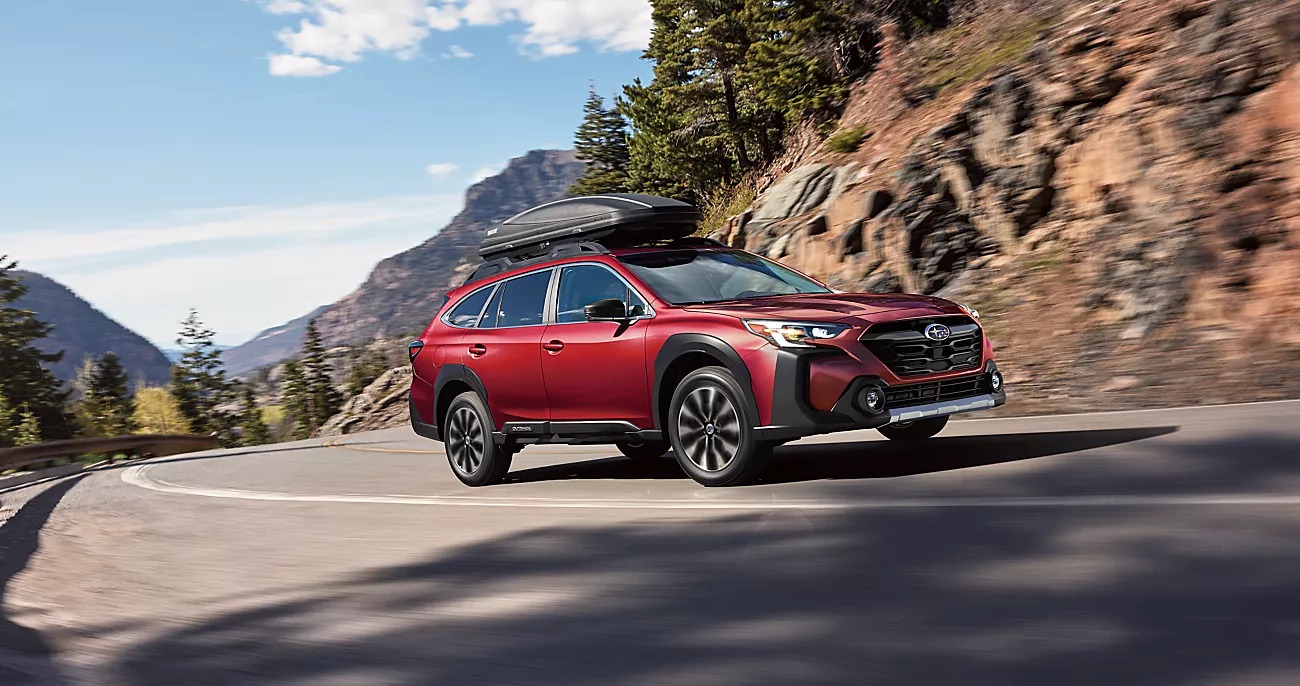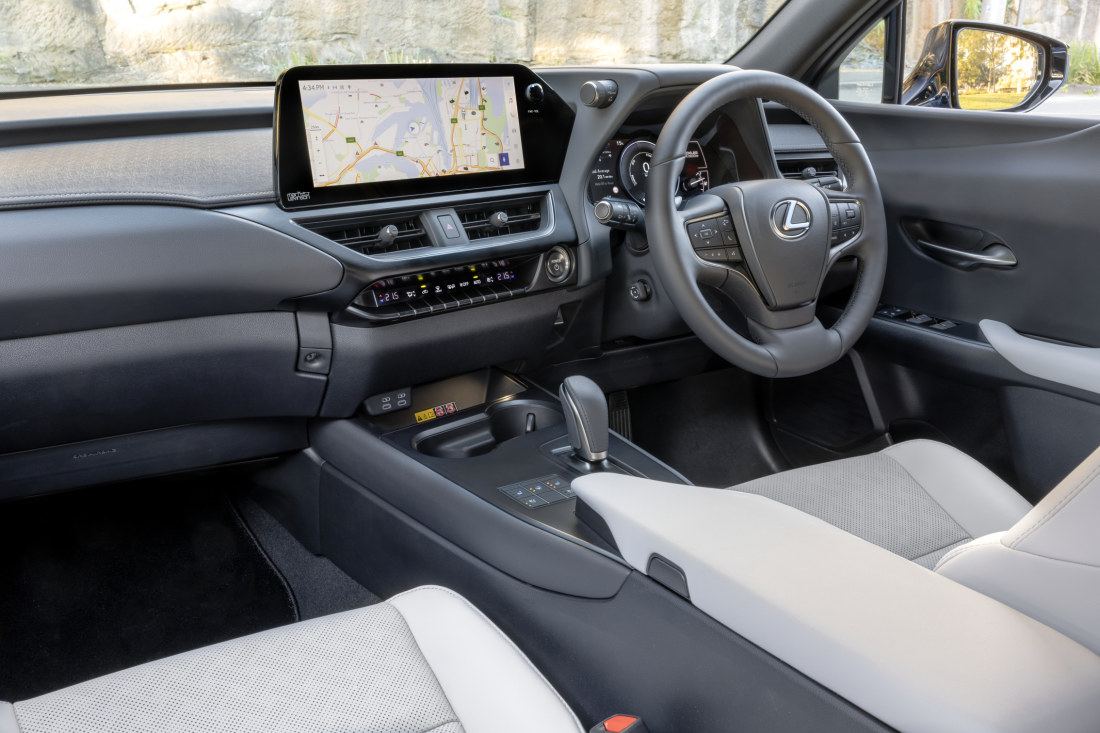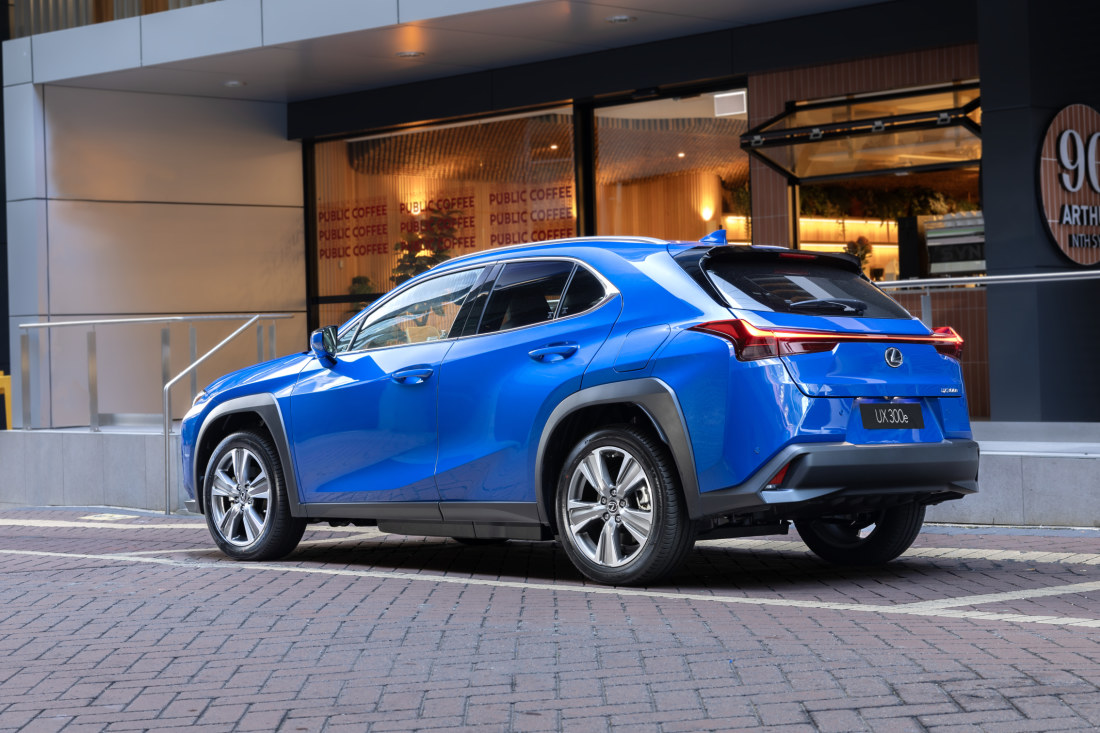Increasing Discounts Lead to Lower Vehicle Prices
In an effort to boost sales at the start of 2024, car dealers have been progressively increasing discounts, which has led to a notable decrease in the average transaction prices (ATP) for new vehicles in January. The industry saw an average price of $47,401, down by 2.6% from December and 3.5% lower than January 2023. Erin Keating, executive analyst at Cox Auto, remarked that this trend has been developing over the past six months, with automakers enhancing deals to maintain sales momentum.
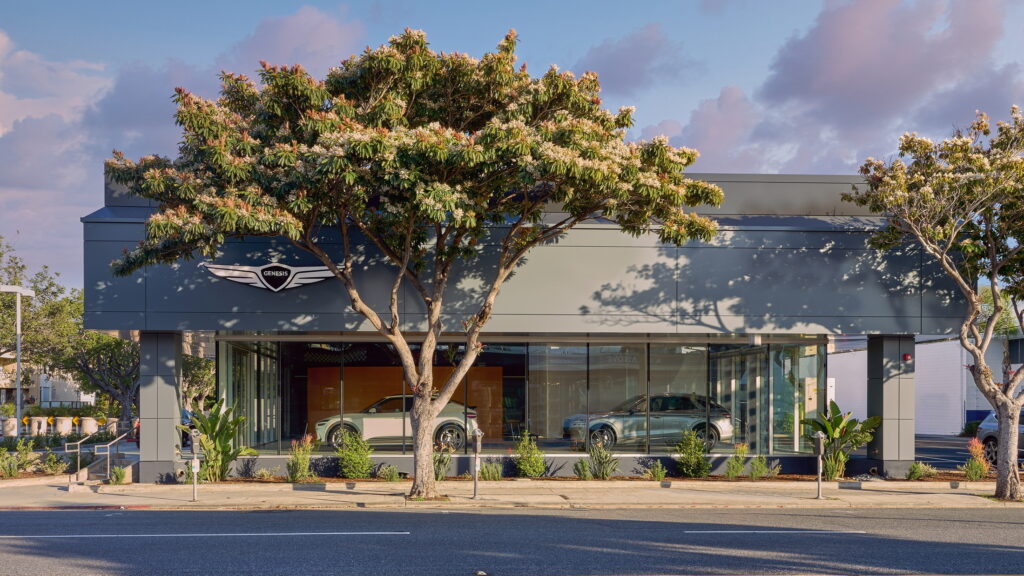
Divergent Trends Among Automakers
Despite the general downward trend, some automakers saw an increase in their ATPs. Subaru reported a marginal rise of 0.2%, while Toyota’s prices went up by 2.9%. Stellantis, Hyundai Motor Group, and Mazda saw increases of 3.3%, 3.9%, and 5%, respectively. Conversely, Tesla experienced the most significant drop, with ATPs plummeting over 20% from the previous year. This drastic decrease highlights the volatile nature of pricing within the electric vehicle market.
Sector-Specific Impacts and Consumer Incentives
The re-introduction of incentives and discounts has been a critical strategy for attracting buyers, especially after the supply shortages during the pandemic led to increased prices and fewer deals. In January, the average incentive was 5.7% of the vehicle’s selling price, a substantial rise from the previous year’s 2.8%. Although small pickups, full-size SUVs, and minivans saw less significant discounts due to high demand, luxury vehicle segments experienced weakened demand, with ATPs falling by 9.7% overall. The luxury compact SUVs were particularly hard hit, seeing a price reduction of 11.9% year-over-year.
This adjustment in pricing and incentives is indicative of a market that is rapidly evolving to meet new consumer expectations and economic realities. As discounts become more widespread, the automotive industry may see further fluctuations in buying patterns and pricing strategies.

